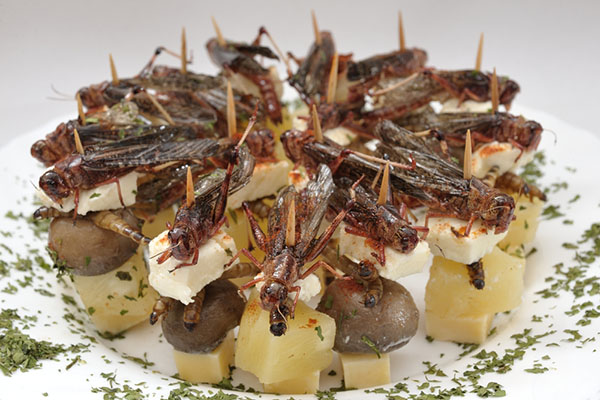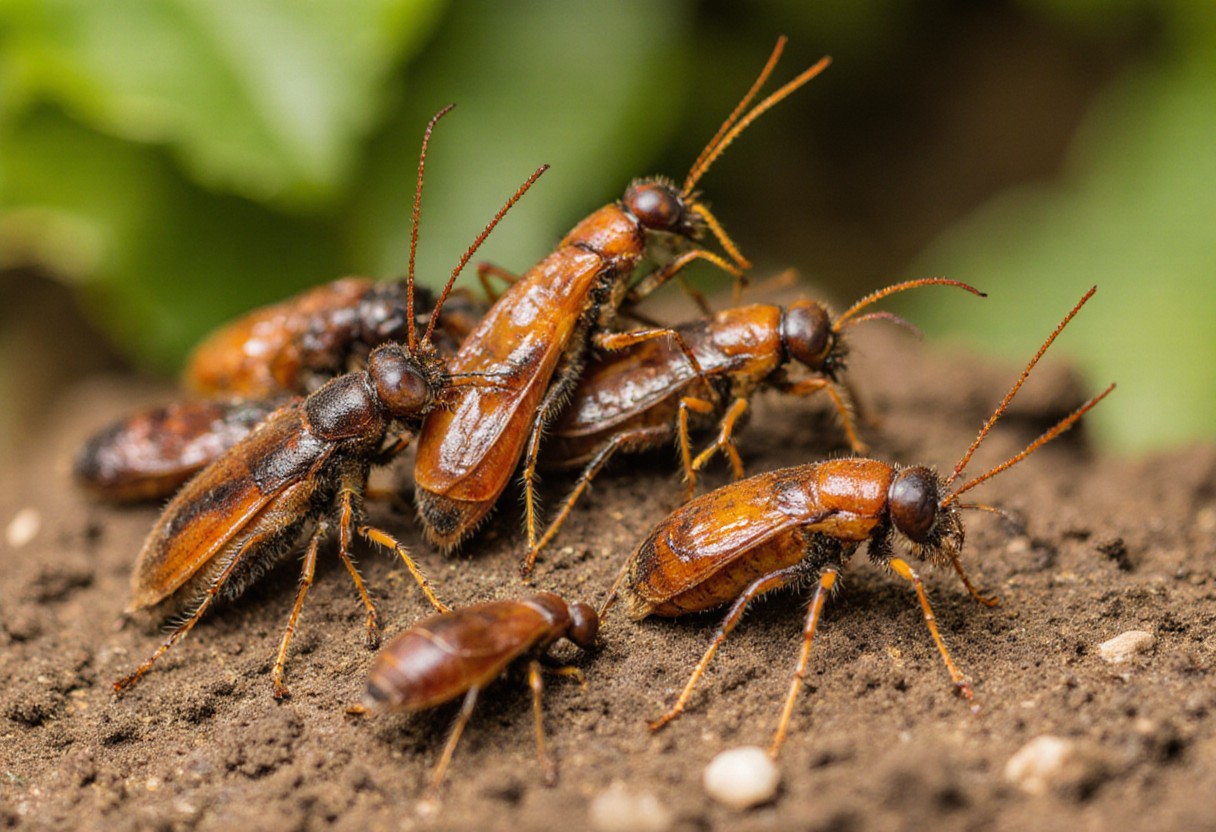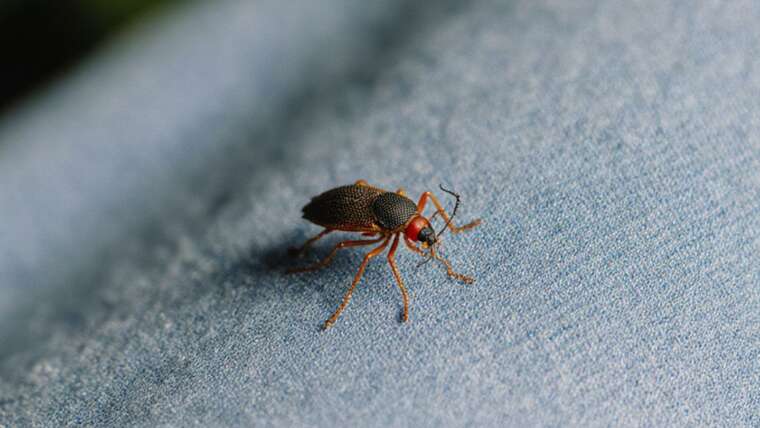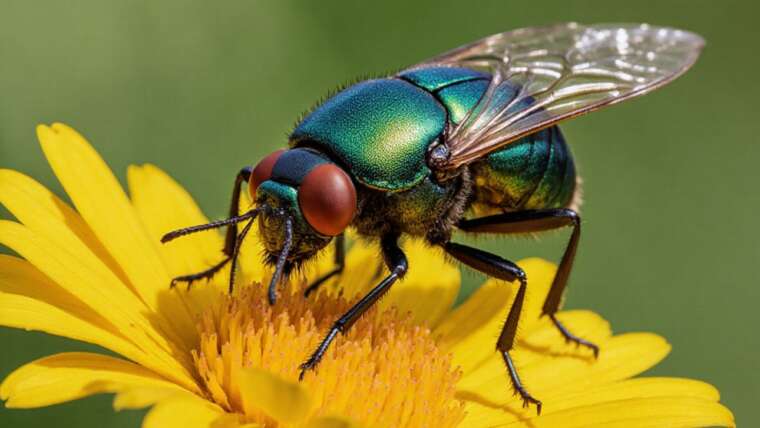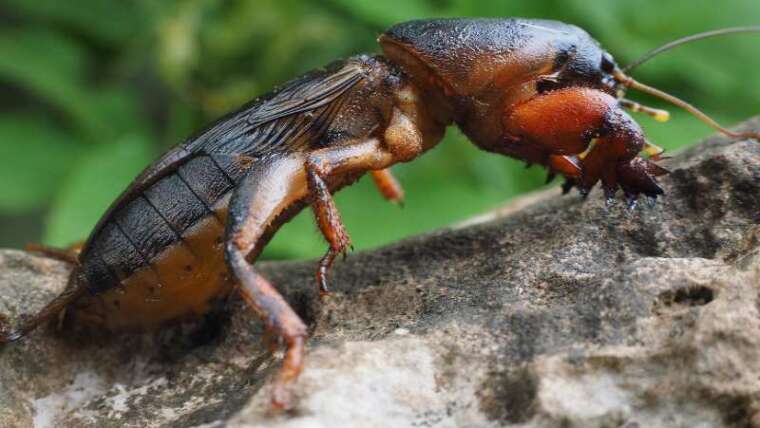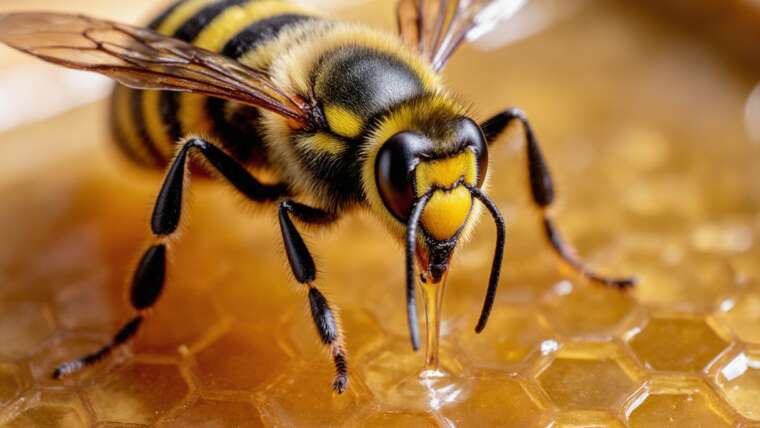As you traverse the globe, you’ll quickly observe that humanity’s relationship with insects is both diverse and nuanced. Countries around the world harbor dramatically different attitudes towards these little creatures, particularly when it comes to food. Some cultures view insects as disgusting pests, while others celebrate them as culinary delights.
In America, most people don’t consider themselves entomologists or avid insect-eaters. Yet, we can appreciate the various cultures that do embrace insects in their cuisines. Join us on a virtual tour as we explore some unique cultural perspectives on entomophagy—the consumption of insects—as food.
Mexico
Mexican cuisine is renowned for its rich flavors and is home to staples like tortillas, beans, and chili peppers. In certain regions, however, the culinary landscape expands to include insects. You can savor ant eggs cooked in butter, munch on chocolate-covered locusts, or indulge in candy-coated worms. Additionally, some types of mezcal, a popular alcoholic drink, are infused with worms, creating an adventurous twist on traditional beverages.
Tip: When in Mexico, look for entomophagy festivals where you can try various insect dishes, often made by local chefs passionate about preserving cultural traditions.
Brazil
In Brazil, a unique phenomenon occurs each October and November in the small town of Silveiras, where winged queen ants, or içás, swarm the area. Locals collect these insects and prepare them by either frying them or coating them in chocolate, a combination that works wonderfully thanks to the ants’ minty flavor. There’s an arts and crafts center dedicated to this bug-eating tradition where you can find all kinds of memorabilia adorned with these queen ants.
Fact: The practice of consuming içás has been cherished for generations, and the local community often organizes festivities that include workshops on preparing and cooking these delicacies.
Ghana
In rural Ghana, insects play a significant role in nutrition, providing up to 60% of dietary protein for many inhabitants. Termites, in particular, are a vital food source, offering essential proteins, fats, and oils, especially during times of food scarcity. Consuming insects is not just a culinary choice—it’s often a matter of survival for many families.
Tip: If you want to further understand the role of insects in Ghanaian diets, consider visiting local markets or cooking schools where you can see these ingredients being integrated into traditional dishes.
Thailand
In Thailand, beer and fried insects are a common pairing. Bars across the country serve crispy crickets, grasshoppers, and a variety of worms, making them popular snacks while enjoying drinks. This unusual combination may break the ice on a date, helping to bond over shared experiences in trying new foods.
Fact: Many Thai street food vendors have their own secret spice blends for frying insects, giving each vendor’s offerings a unique flavor that you can savor.
China
In China, insect offerings include delicacies such as roasted bee larvae and fried silkworm moth larvae, both rich in essential nutrients like copper, iron, and zinc. As you shop in local markets for silk clothing, you may find the same silkworms that contributed to that beautiful fabric were once a meal. Interestingly, a single silkworm can produce between 500 to 1,200 silk threads within just 72 hours.
Tip: If you’re feeling adventurous, local markets often provide opportunities to sample these larvae in various preparations, allowing you to explore flavors firsthand.
The Netherlands
In the Netherlands, some citizens are actively working to introduce insect consumption into mainstream culture. Innovations include chocolate treats infused with ground mealworms. The Dutch are known for their receptiveness to different cultural influences, making the transition to a bug-eating culture a delightful exploration of gastronomy.
Fact: In addition to chocolate, Dutch entrepreneurs are experimenting with insect protein in various products, including protein bars and snacks, making it easier for consumers to integrate bugs into their diets.
The United States
Surprisingly, many Americans turn their noses up at the idea of eating bugs, often associating it with reality TV challenges designed to shock. However, many may not realize that ingredients like cochineal, derived from insects, are present in popular food products such as red candies and cosmetics. While insects might not be mainstream, they are indeed part of everyday American life in some form.
Tip: For those curious about exploring edible insects, try packaged insect snacks available at specialty stores or online—it’s a low-risk way to discover new flavors and gain appreciation for the benefits of entomophagy.
Insects are becoming increasingly recognized for their nutritional benefits, and many cultures celebrate their unique flavors. While it’s important to keep the bugs at bay in our surroundings, understanding their role in different cuisines around the world can enrich our culinary experiences. If you’re dealing with an infestation and not planning to serve these critters at dinner, don’t hesitate to reach out to Terminix. We can help you keep those bugs in their rightful place—far away from your home.

